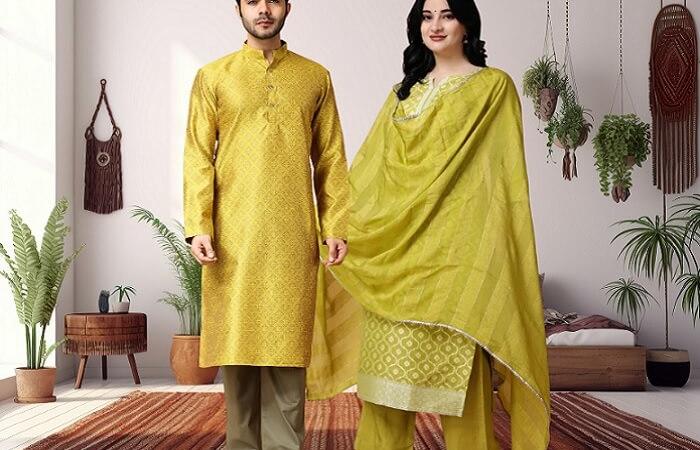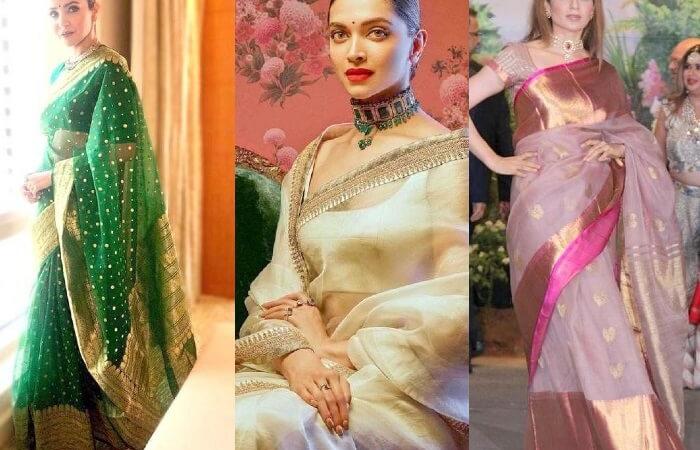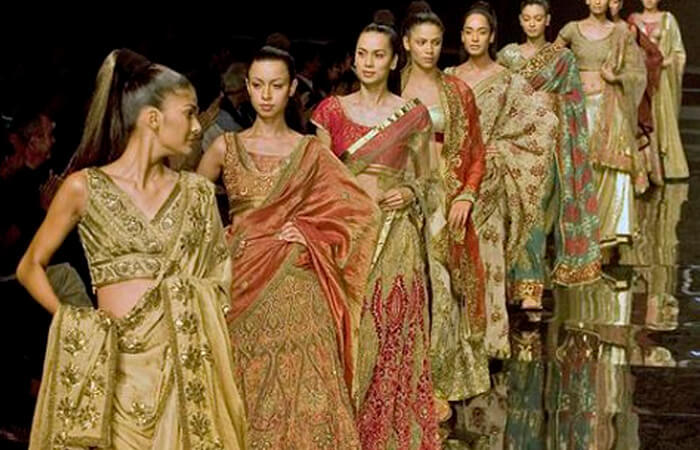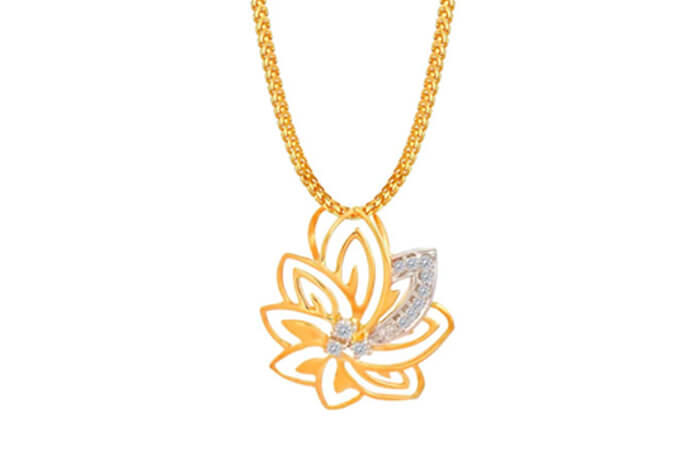Indian Kurtis And Their Importance In Indian Society
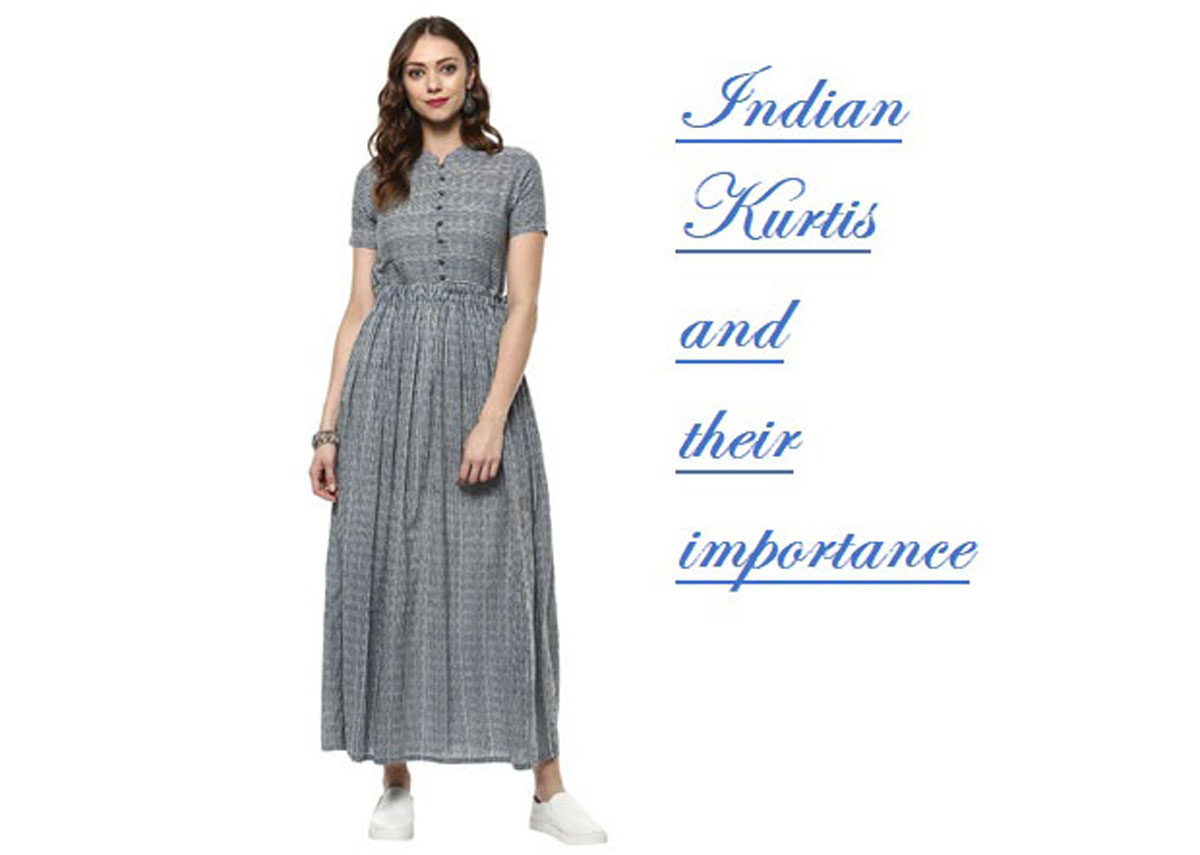
Indian Kurtis, as the name suggests, is something Indian, and who does not admire the Indian culture or know of its greatness? India is a diverse country, and so are its elements. So, whatever that is synthesized in India comes in various forms, each form being influenced by the diverse cultures and religions of modern India.
Similarly, kurtis have come into existence just a while ago. There are no signs of such a garment being worn in all the old books and reserves of our culture. Basically, a kurti is something derived out of a kurta only. A kurta is a long and loose shirt which is worn by both the men and the women of the Indian subcontinent. But kurti is something that is only worn by the Indian women.
Kurtis is nowadays famous among Indian teens too. They form the best garment for parties, occasions or routine wearing because they are very comfortable and can be worn during any season, be it winters or summers. In summers, everyone likes to wear clothes which are comfortable to the skin and absorb sweat. Hence, cotton kurtis come to the rescue. On the other hand, during winters, it is everyone’s wish to stay warm and cozy, and hence, kurtis made of silk or some other warm fabric can be worn.
The designs and patterns of kurtis are influenced by the culture and the religion of the woman wearing it. For example, in Punjab, the kurtis worn are bright colored and are worn with Punjabi Jutti and a lot of heavy jewelry. Similarly, in West Bengal, the kurtis worn are mostly red or white in color and are usually long in their structure. Women usually like to wear kurtis during functions, casual weddings or parties, society meetups or even while doing regular chores at home. Also, kurtis are famous not only in India, but they have also made their name in foreign countries, mostly the western countries like the United States of America and Canada. They are so comfortable to wear and so gentle to skin that no woman can say no to the idea of wearing them on various occasions.
There are various types of kurtis peculiar to different cultures and states. Some of them are tailcut kurtis, high-low kurtis, shirt style kurtis, square neck kurtis, etc. Many actresses of Bollywood tour western countries to do shows or performances, due to which the western audience is exposed to the culture and the clothing traditions of India, and hence, they adopt the clothing, although not exactly, but in their own ways by adding their own patterns, colors and styles which reflect their own culture.
Why is Long Kurtis so famous?
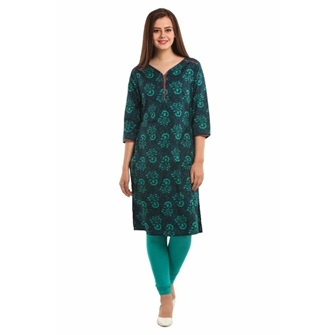
Long kurtis are one of the most famous designs of kurtis available. They are famous because they look very attractive and also, they are very comfortable and can be worn in any season without any discomfort. Also, in India, there is still the tradition of wearing clothes that cover the full body of the woman. Hence, almost every woman finds it comfortable to wear such long kurtis. These kurtis are quite versatile, i.e., they can be worn with any bottom wear, like jeans, pajamas, salwars or slacks. These kurtis are generally made of cotton, hence justifying why they are so comfortable. But, these kurtis can also be woven from other fabrics like georgette or silk. The fabric used varies due to a lot of factors, like the weather or the occasion where the kurti is to be worn. Normally, cotton kurtis are worn in summers as they provide relief from the scorching heat of the sun and similarly, silk kurtis are worn on special occasions as silk is quite expensive. Silk provides excellent protection from the cold weather. The kurtis which are casually worn at home is mostly made of cotton as it is comfortable to wear and very easy to wash and clean. You can look up long kurtis on Stylecaret and buy them at great discounts with amazing offers.
Are Short Kurtis equally popular too?
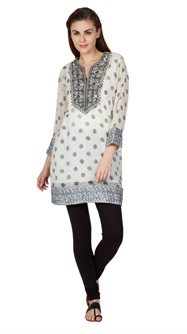
The answer is yes! It is because it depends on the person buying the kurti. Some people would prefer a short kurti while others would go for a long one. The decision may be, either directly or indirectly influenced by the culture, traditions or family background of the woman buying it. Short kurtis have recently become famous because they look modern and fashionable. They are quite comfortable too. There are various kinds of short kurtis that you can look up on Stylecaret. One type is full sleeved short kurti which can be worn by women who are a bit conservative or want to have a formal look for something like an official meeting or an event in their workplaces. Again, the same story holds for short kurtis also. Short kurtis can be woven by fabrics like cotton, which is obviously the most comfortable one, but it can also be woven by other fabrics like silk and georgette but it increases the cost of the garment. Overall, short kurtis are at the peak of popularity nowadays among teens and adult women.
What to wear with Kurtis?
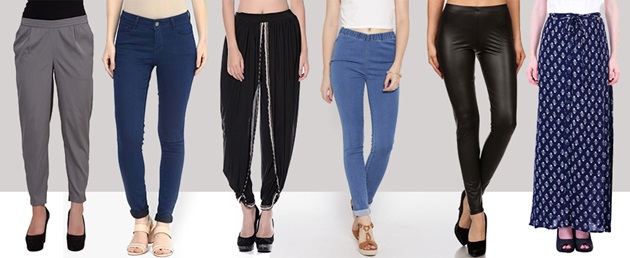
Long kurtis are usually worn with leggings and the short kurtis are usually worn with jeans. Legging is basically a bottom wear which is skin tight and is usually worn with long kurtis. Leggings, jeggings and jeans are the best companions of all kinds of kurtis these days. Kurtis also look equally good with pyjamis, salwar, etc. and are usually worn with them when one wants to feel comfortable, whereas jeggings are skin tight, so they are mostly worn only during parties and other special occasions.
Hence, it must be said that kurtis have indeed revolutionized the way Indian women dress. It has started a new fashion trend which has not only influenced India and its neighboring countries, but it has had a huge impact on western countries too.
Suggested Read: Salwar Kameez – The Dress for Punjabi Women


